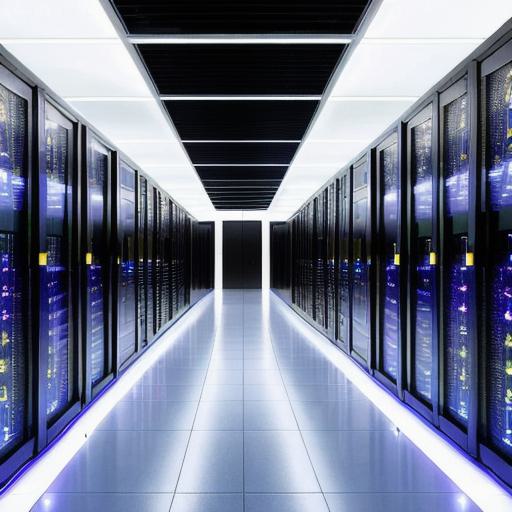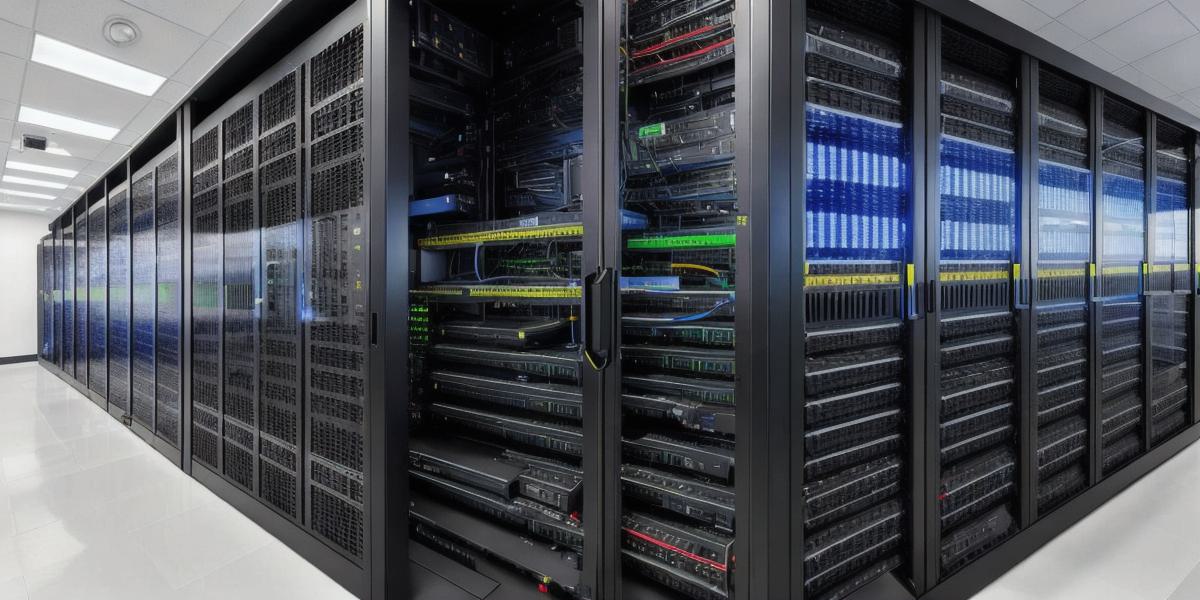A data center is a physical infrastructure designed to house and manage computer systems, associated components such as power and cooling equipment, and network access points. It enables organizations to centrally store, manage, and disseminate large amounts of data and applications to their users, either on-premises or through cloud services.
Key Components of a Data Center
-
Servers: The backbone of any data center is its servers, which can be classified into various types such as application, database, web, file, and print servers. They process and store data and execute applications for the end-users.
-
Storage Systems: Data centers are equipped with massive storage systems to accommodate the vast amounts of data generated by businesses. These may include tape libraries, RAID arrays, and cloud storage solutions.
-
Networking Equipment: Networking equipment like switches, routers, and firewalls play a crucial role in managing data flow within a data center and ensuring secure connectivity to the outside world.
-
Power and Cooling Systems: Data centers consume vast amounts of power due to their high computational requirements. Power systems provide uninterrupted power, while cooling systems maintain optimal temperatures to ensure the longevity of the IT equipment.
-
Security Systems: Data centers house sensitive information that requires robust security measures. Access control mechanisms like biometric scanners, smart cards, and CCTV cameras are employed to prevent unauthorized access.

How Does a Data Center Function?
Data centers operate by providing a centralized location for organizations to store their critical data and applications, manage their IT infrastructure efficiently, and ensure seamless access to their resources through various connectivity options. They typically follow standard architectural designs such as Three-Tier or Multi-Tier Architecture, allowing them to scale easily as the demand for computing resources grows.

The day-to-day functioning of a data center involves several key activities:
-
Data Backup and Disaster Recovery: Regular backups of critical data are performed to ensure business continuity in case of any unforeseen circumstances like power outages, natural disasters, or cyberattacks. Data recovery plans are also put in place to minimize downtime and prevent data loss.
-
System Monitoring and Maintenance: Data centers employ sophisticated monitoring tools to keep track of server performance, network health, and cooling systems. Regular maintenance is performed to ensure the smooth functioning of these critical components.
-
Software Updates and Patch Management: Software updates and patches are applied regularly to maintain the security and functionality of the IT infrastructure in a data center. This helps protect against vulnerabilities and ensures compatibility with new applications or hardware.
-
Access and Connectivity: Users can access the resources hosted in a data center through various connectivity options, including dedicated leased lines, VPN connections, or even public cloud services like Amazon Web Services (AWS) or Microsoft Azure. Access controls are employed to ensure data security and prevent unauthorized usage.
Conclusion
In today’s digital age, data centers have become the backbone of modern businesses, enabling them to efficiently manage their critical data and applications while ensuring secure access to their users. Understanding the fundamentals of a data center – its key components and how it functions – is essential for anyone looking to work in or leverage the power of this vital infrastructure.
